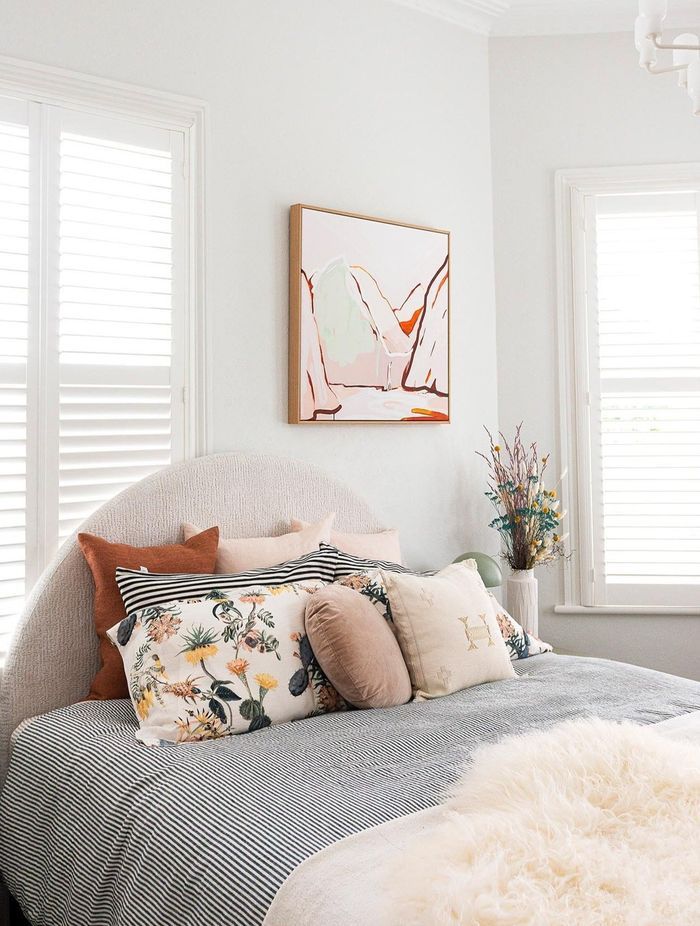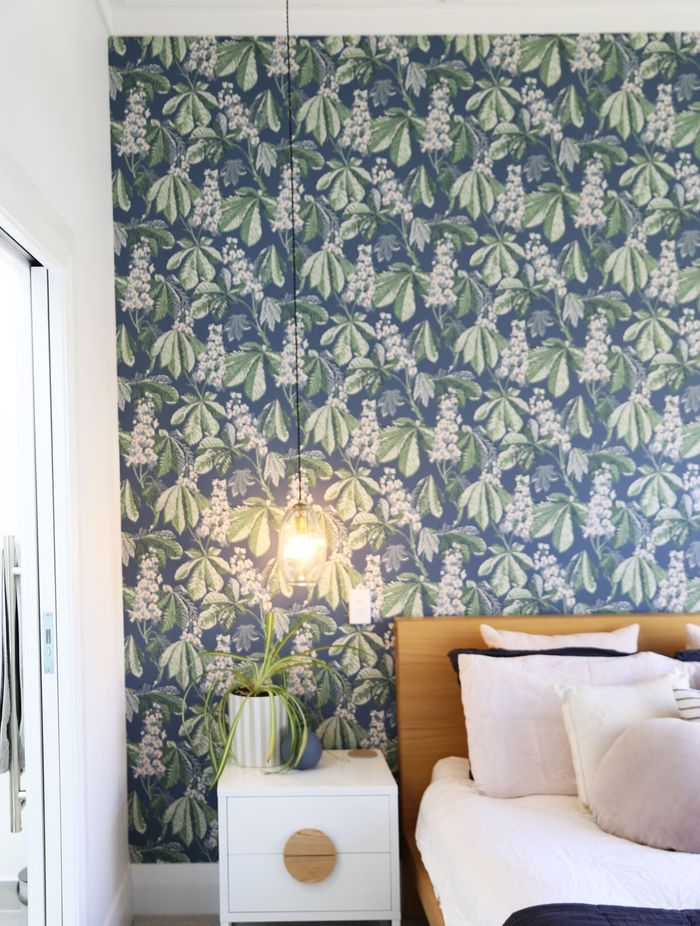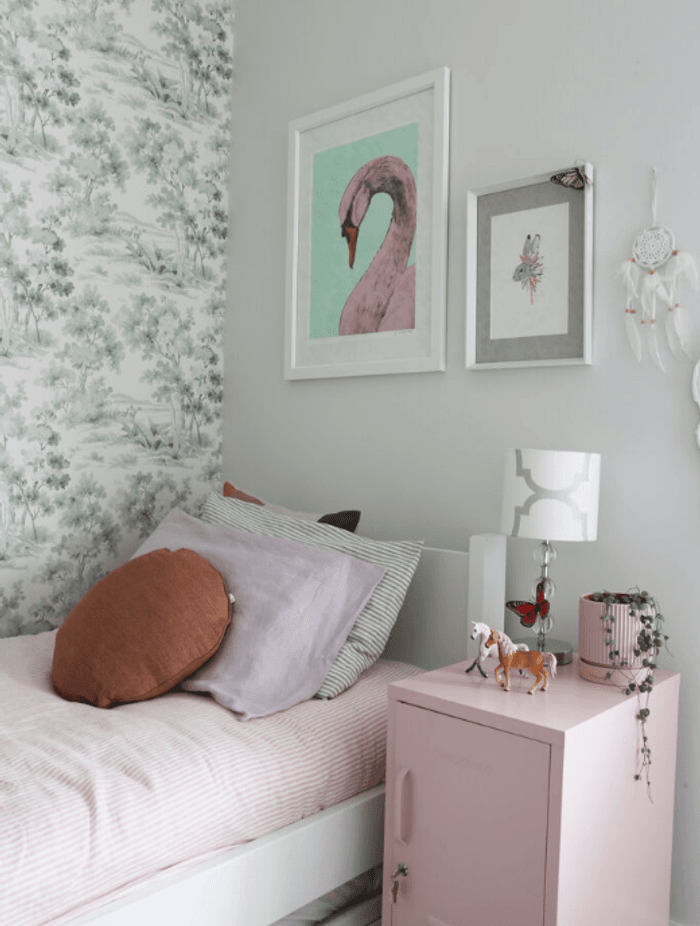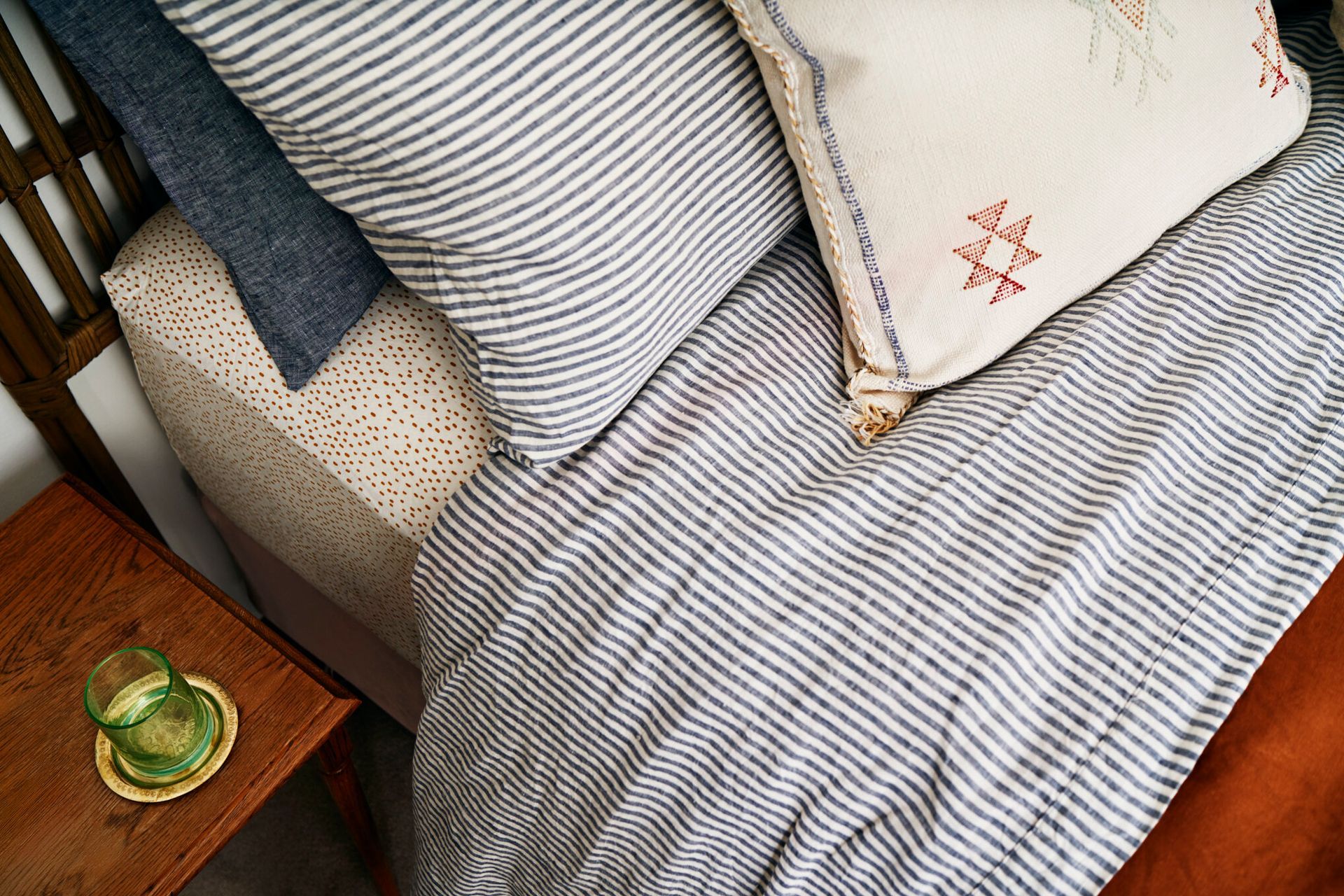5 Hot Tips for Beautiful Bedrooms


1. BEDHEADS ARE ESSENTIAL
Whether you’re designing a children’s or master bedroom, bedheads are essential. They not only help anchor the bed, but make the room feel complete. Think round, oblong, wall-to-wall, velvet, rattan, linen, custom-made timber… the options are endless. In a child’s room you can even use paint to create a bedhead – paint a shape on the wall behind the bed or paint the lower half of the room a different colour to the upper half. With lots of companies now making custom bedheads in New Zealand there are options to suit every room and taste.

2. FOCUS ON LIGHTING
Lighting is one of the most important accessories in any home and is essential if you want to create the wow factor – think of it like jewellery for a room! In bedrooms, pendant lights are ideal if the ceilings are high enough. In the master bedroom a pendant should be positioned directly above the foot of the bed, in the centre, so it’s out of the way of the room’s open space.
Bedside lights can be used at night to create ambience rather than turning on the main light. If you’re renovating or building, consider hanging pendant lights or positioning wall lights directly above bedside tables. The light switch should line up vertically with the lights and sit 700mm from the floor (this is higher than all bedside tables). Any power points should also align with the lights, sitting near the floor just above the skirting board.

3. ALWAYS CONSIDER PROPORTION
For a bedroom to work you need to think about proportion. Balance is created when all aspects of a room are in proportion with one another, so if your bed looks too big or your bedside tables look too small, they probably are! When you’re laying out your room, check the size of the bed – draw it on the wall or floor if you can. If your child’s bedroom is big, don’t push the single bed right into the corner. Leaving even a small amount of space (200 mm) between the bed and an adjacent wall will allow you to make the bed more easily, as well as helping the room look in proportion, as your eye can drop behind the bed rather than hitting the wall and running up.
4 ADD PATTERN
Pattern can add depth and interest to a room, but should always be carefully considered. My general rule of thumb is that duvets should be plain, with pattern added through pillows, cushions or throws. A plain duvet gives a room a cohesive look, as your eye will more easily take in the whole room rather than fixing on a polarizing duvet.
If you are a lover of pattern, go wild with wallpaper to create a point of difference in a bedroom. In kids’ rooms it adds playfulness, while in a master bedroom it can create a feeling of luxury. For smaller spaces it’s best to use wallpaper on just one wall so as not to overwhelm the room.
LAYER, LAYER, LAYER
Once the other elements of the room are right (headboard, proportion and pattern), then layers are the key to success – they’re what will take your room from plain to sophisticated. Incorporating layers doesn’t just mean adding a couple of throw pillows. Try a quilt at the end of the bed, a sheepskin thrown on the edge, euro pillows propped up behind standard pillows… Varying the colour of the pillows creates depth and adds interest to the room. Rugs also add an additional texture layer.

